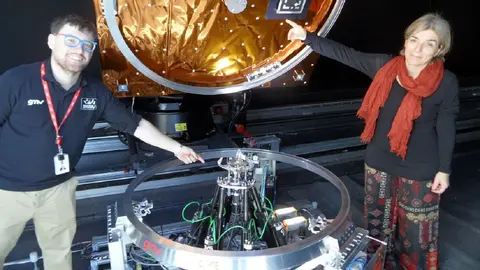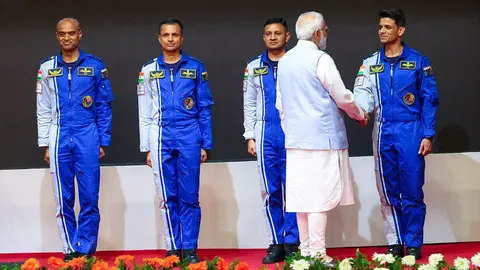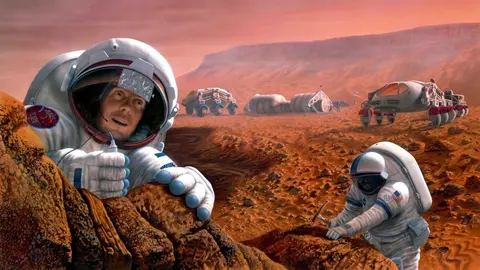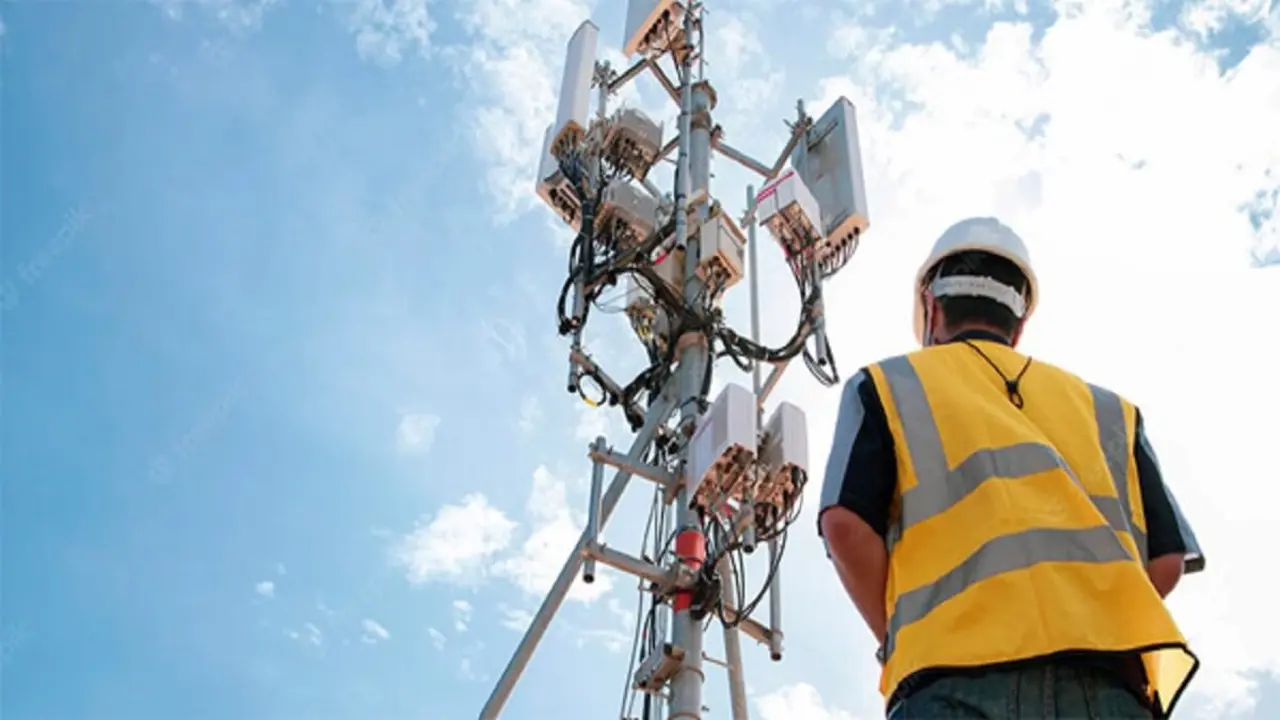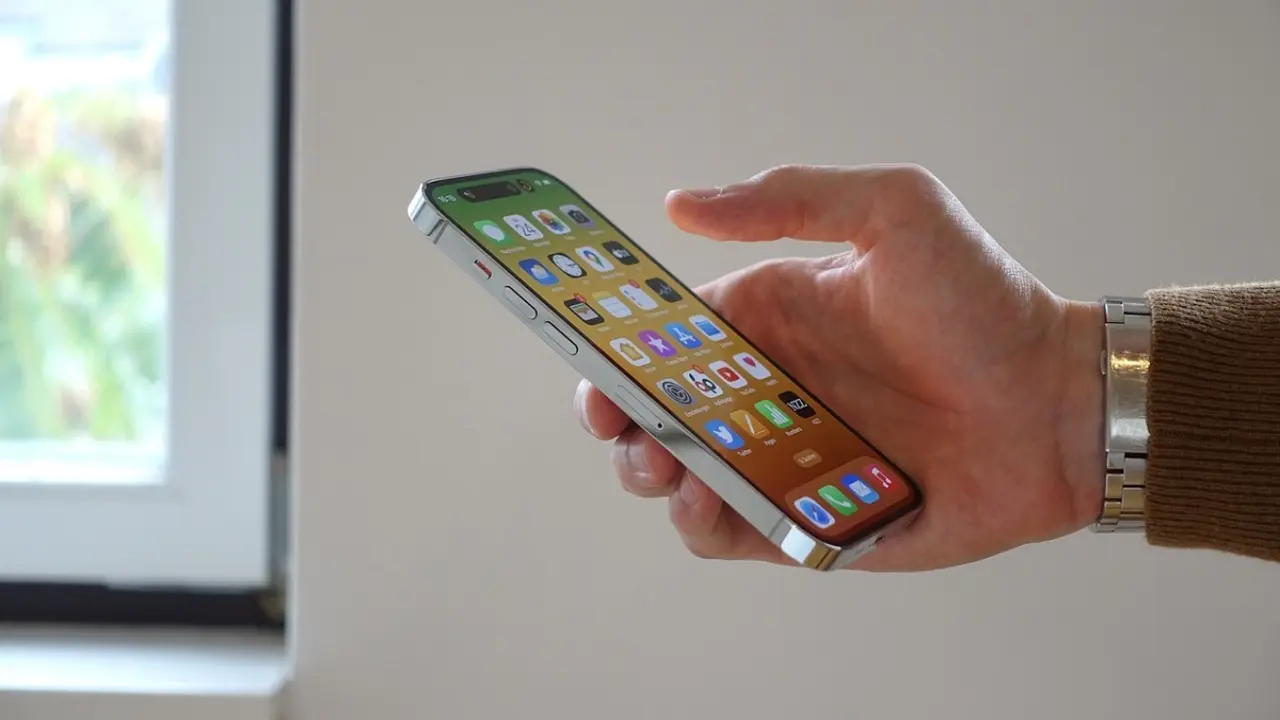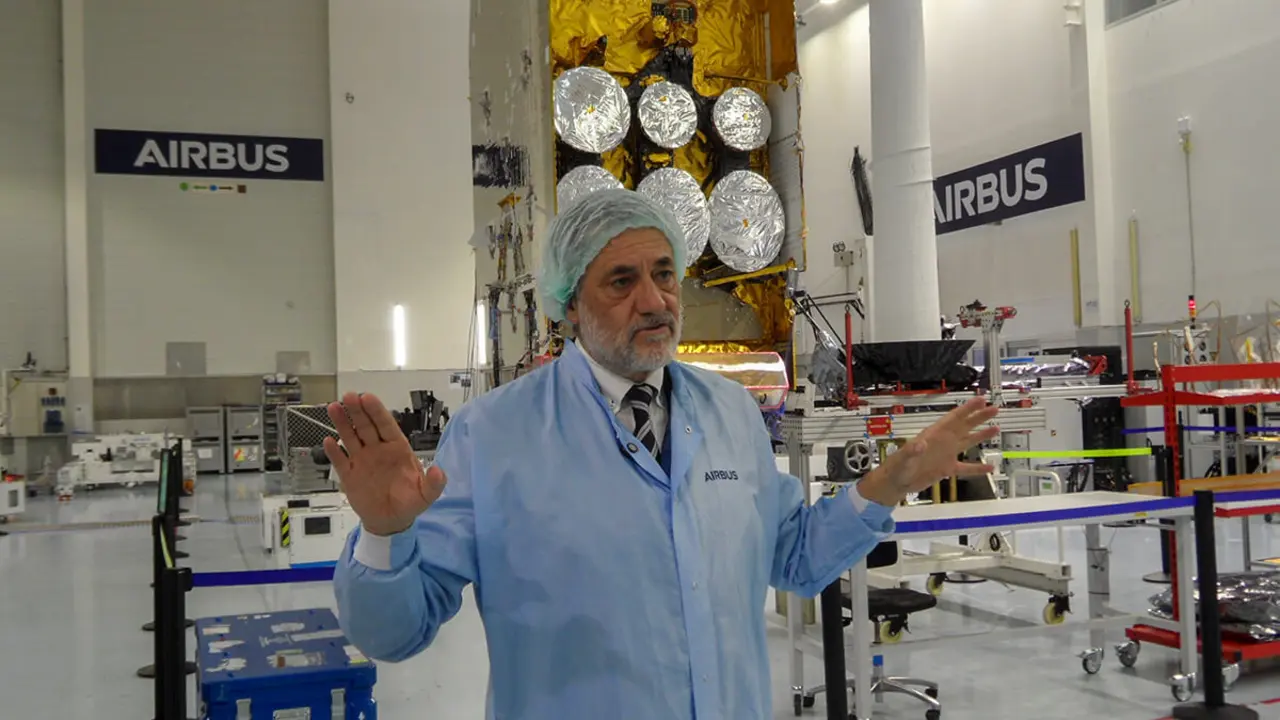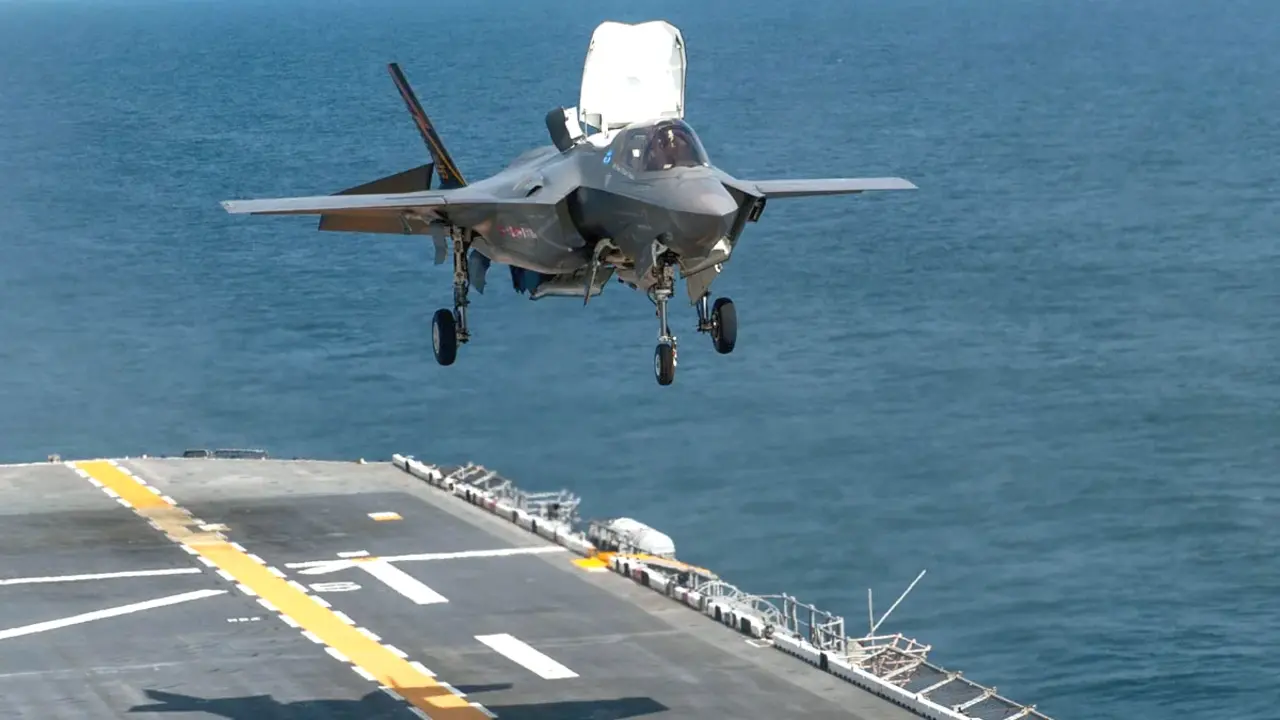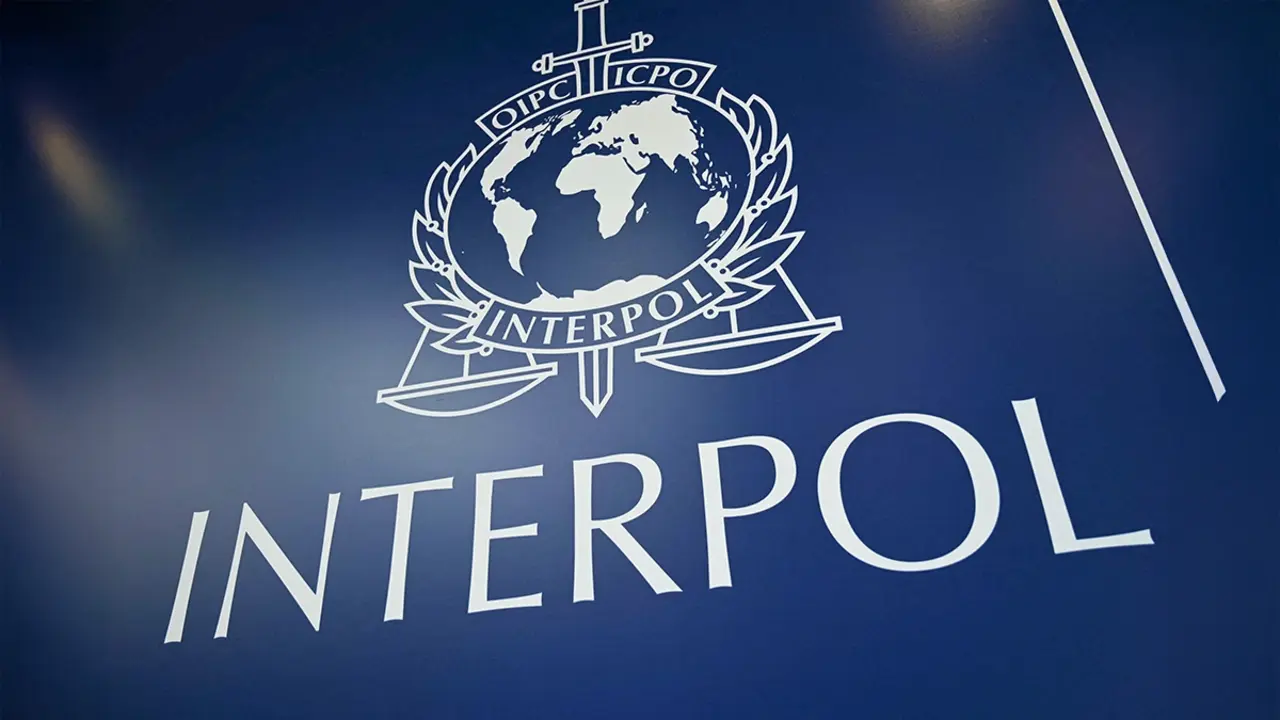India unveils the path it has mapped out for its astronauts to also set foot on the Moon
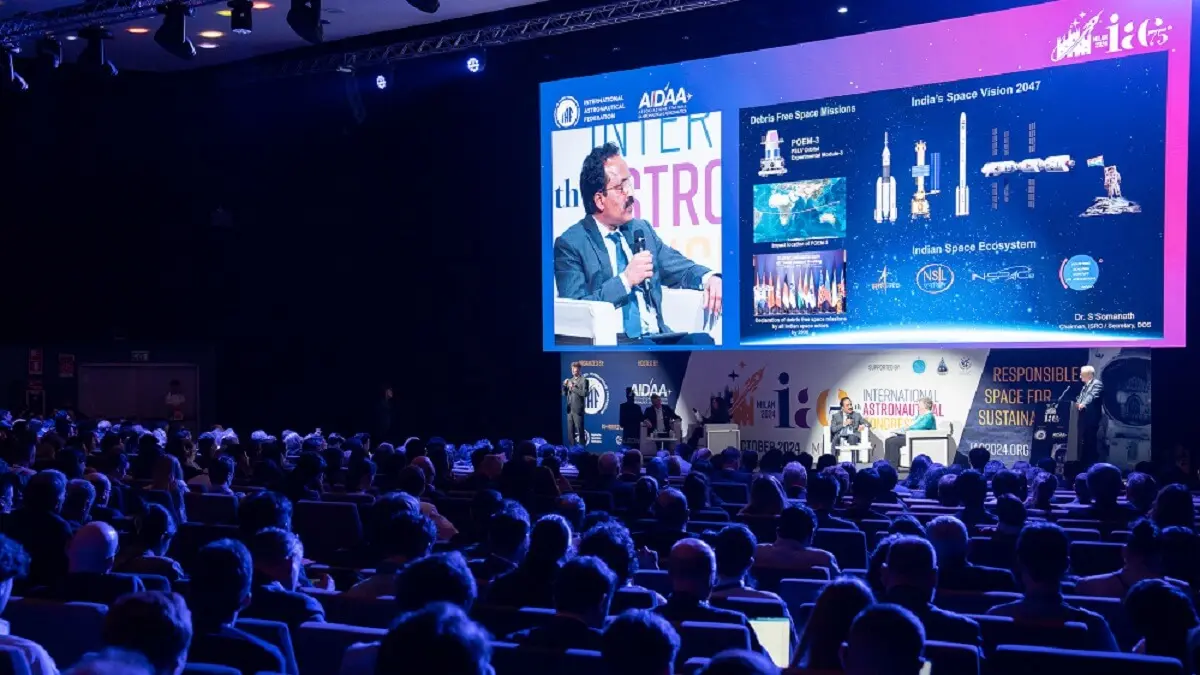
Indian Space Exploration Agency (ISRO) chairman Sreedhara Somanath has unveiled the path being taken for its first astronauts to set foot on the Moon by the 2040s. He made the announcement at the 75th International Astronautical Congress, which closes its doors today, Friday 18 October, in Milan (Italy).
The man who has been leading the space ambitions of the world's most populous country since January 2022 explained to an expectant audience full of executives and professionals from the sector the broad outlines of the short, medium and long-term scenario of the robotic and manned space exploration programme that his organisation is contemplating, once it received the go-ahead in mid-September from the Government of New Delhi, presided over by Narendra Modi.
Somanath revealed that ISRO has begun developing a ‘reusable rocket to be ready within eight years’. Such a launcher should be capable of carrying modules ‘up to 30 tonnes’ to shape the future Indian Space Station, which ‘should start assembly in the mid-2030s’. The next ambitious step is for Indian astronauts to set foot on the moon ‘on the horizon of the 2040s’, he anticipated.
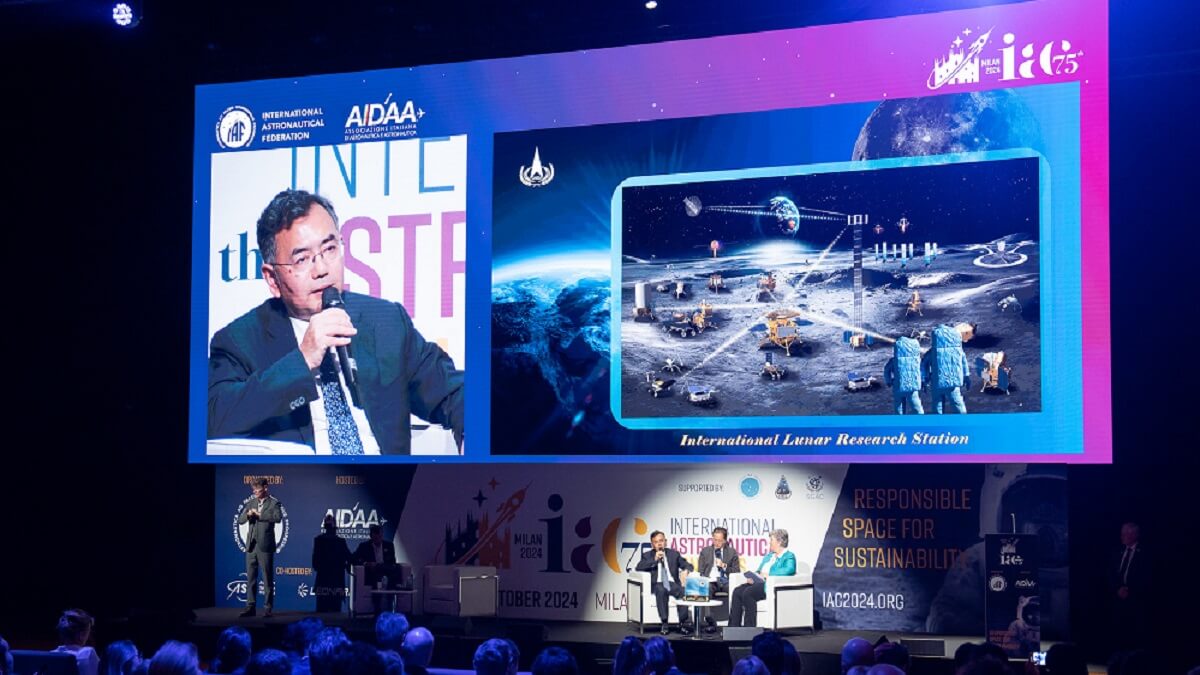
The ISRO chief said that ‘by the end of this year’ the first orbital flight of the manned capsule Gaganyaan, without astronauts on board, but with several humanoid robots full of sensors, will be carried out. And that ‘two more such tests are planned for 2025, with the goal of flying the first national astronauts into space in 2026’.
He also confirmed that the Chandrayaan-4 robotic rover will blast off to the moon in 2027 to collect soil samples and bring them back to Earth. With the aforementioned mission, ISRO aims to build on the success of Chandrayaan-3, which in August 2023 made India the fourth nation after Russia, the US and China to touch down on the Moon.
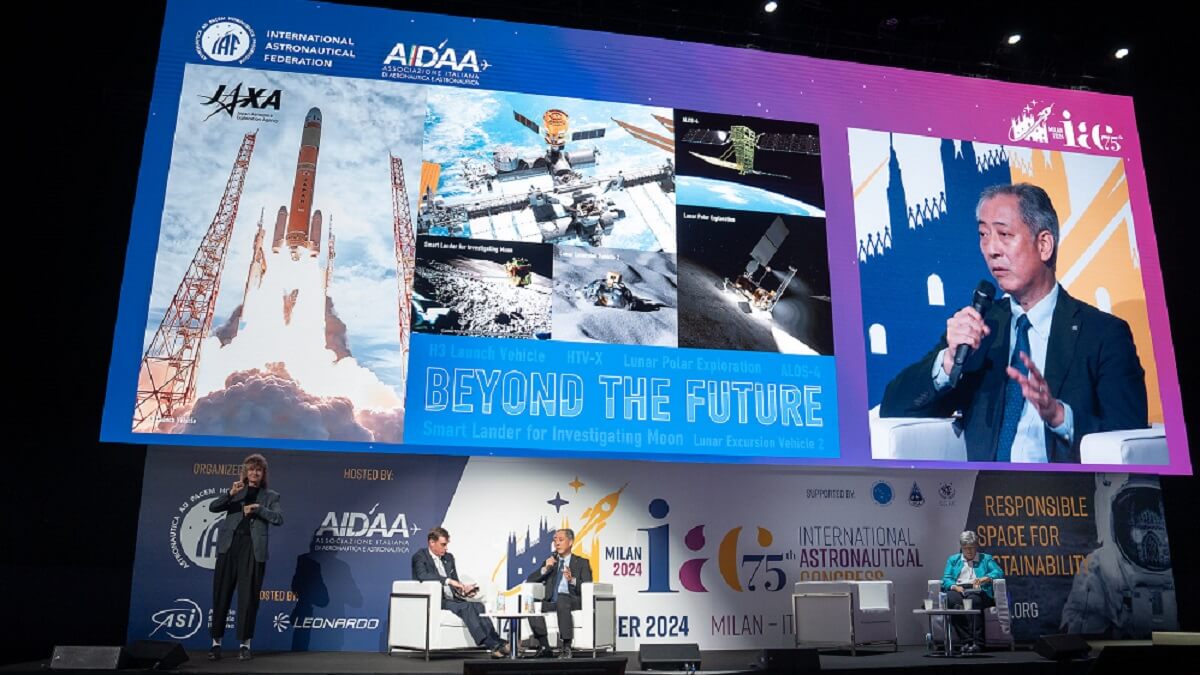
All eyes on the Moon
Organised by the International Astronautical Federation (IAF), the Milan Congress was also attended by the heads of the space agencies of the United States, China, Japan, Europe and Canada, who wanted to put on record their main aspirations, goals and concerns in outer space exploration. The big absentee was Yuri Borisov, the director general of Roscosmos, Russia's space agency, due to restrictions on his presence on European Union soil because of the Kremlin's illegal invasion of Ukraine.
Representing the head of the China National Space Administration (CNSA), Zhang Kejian, in office since May 2018, his second man on board, chief engineer Li Guoping, reiterated his country's goal of ‘bringing a manned mission to the lunar surface by 2030’. He also emphasised the International Lunar Research Station project, or ILRS, a Sino-Russian initiative in which ‘15 countries and two international organisations are already signed up’.
In the short term, Li Guoping reiterated that the Chang'e 7 robotic mission will take off in 2026 to search for water ice at the Moon's South Pole. It will be followed in 2028 by Chang'e 8, also bound for the South Pole, but to test the use of existing resources on the lunar surface. China has opened for international cooperation the Tianwen 2 (2025) and Tianwen 3 (2028) missions, which aim to collect samples from a near-Earth asteroid and Mars, respectively, and return them to Earth.

On the Japanese side, the president of its space agency (JAXA), Professor Hiroshi Yamakawa, highlighted the LUPEX mission in cooperation with ISRO, to deposit a rover at the lunar South Pole. At the helm of JAXA since April 2018, Yamakawa unveiled his agency's desire to participate in commercial orbital complexes to replace the International Space Station beyond 2030. He also highlighted the importance of the new Japanese H3 rocket developed by Mitsubishi Heavy Industries, which will send an Emirates spacecraft to investigate the asteroid belt in early 2028.
Attention was also focused on the words of NASA Administrator Bill Nelson, appointed by President Joe Biden in May 2021, who highlighted the 44 countries on five continents that have signed up to the Washington-sponsored Artemis Agreements, voluntary standards of behaviour linked to the safety and sustainability of outer space activities. Nelson emphasised that the US is going back to the moon, but ‘to a different area, in a different way and in partnership with other countries’, which he sees as a ‘key step to being able to send and bring humans to Mars’.
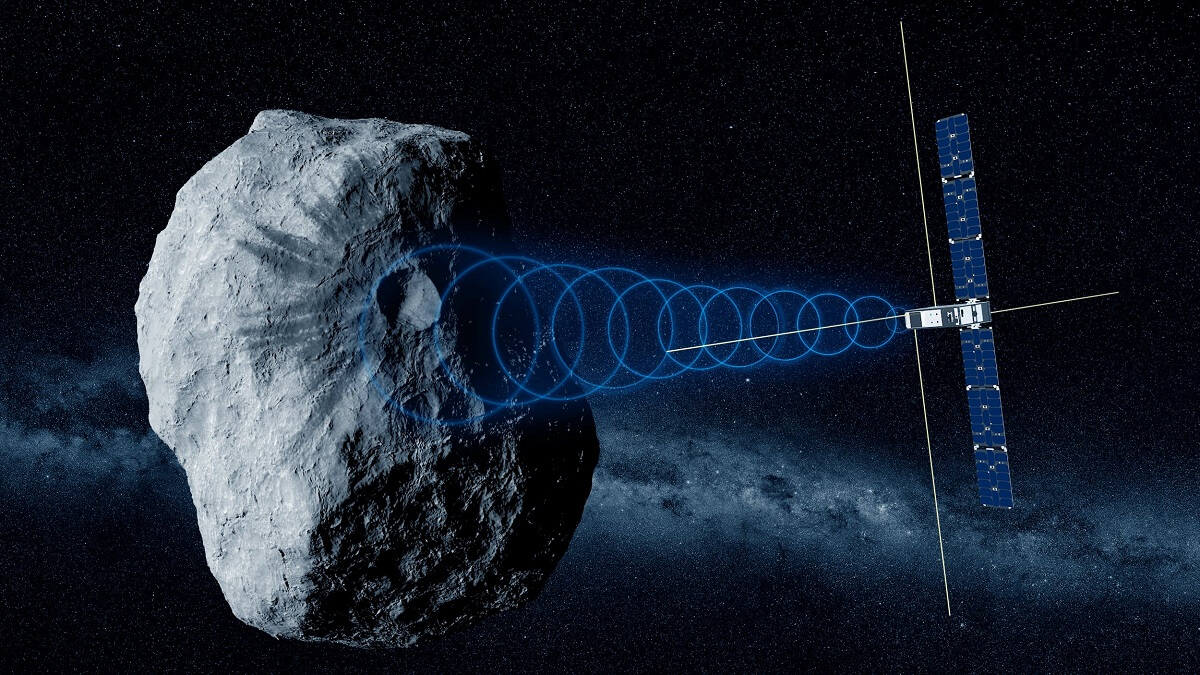
Serious concern about space debris
The head of the world's most powerful space agency has insisted that the Artemis II manned mission ‘remains on schedule for September 2025’, and that Artemis III, which is to carry a woman and a man of colour to the surface of the moon, remains ‘scheduled for late 2026’. However, reports from independent organisations monitoring NASA's work cast serious doubts on whether these deadlines are realistic and can be met.
The European Space Agency (ESA) is engaged in so-called planetary defence. Its director general since March 2021, the Austrian Josef Aschbacher, has highlighted the importance of the Hera spacecraft, which was launched last week and is on its way to meet Dimorphos, the asteroid on which NASA impacted the DART probe two years ago. And he recalled that his agency has in development the ‘Ramses mission, which will be launched in April 2028 to study asteroid 99942 Apophis as it safely approaches Earth from mid-April 2029’.

But ESA's biggest self-assigned challenge is to make a significant contribution to mitigating the pollution of outer space. In Milan, Ashbacher said he was ‘very pleased’ that ‘more than a hundred organisations and companies have signed up to the Zero Debris Charter’, which sets out principles for mitigating the growth in the number and volume of debris lying unchecked around the Earth.
ESA's concern about uncontrolled debris in orbit is shared by the Canadian Space Agency. Its president, Lisa Campbell, understands that ‘we have created a huge problem for ourselves that makes it difficult to use new space infrastructures’. Since September 2020 at the head of the agency in the country north of the United States, Campbell warns that the emergency ‘is real and finding a solution is urgent’.

A huge nation - 20 times the size of Spain - with a relatively small population of 40 million, Canada has ‘an impressive biodiversity that we must protect, and satellites are the best tools to do so,’ says Campbell. For her, they are ‘like eyes in the sky that provide a unique perspective’. On a positive note, she was pleased that a Canadian, Colonel Jeremy Hansen, an F-18 fighter pilot, has been chosen by NASA to fly the Artemis II mission around the Moon.


